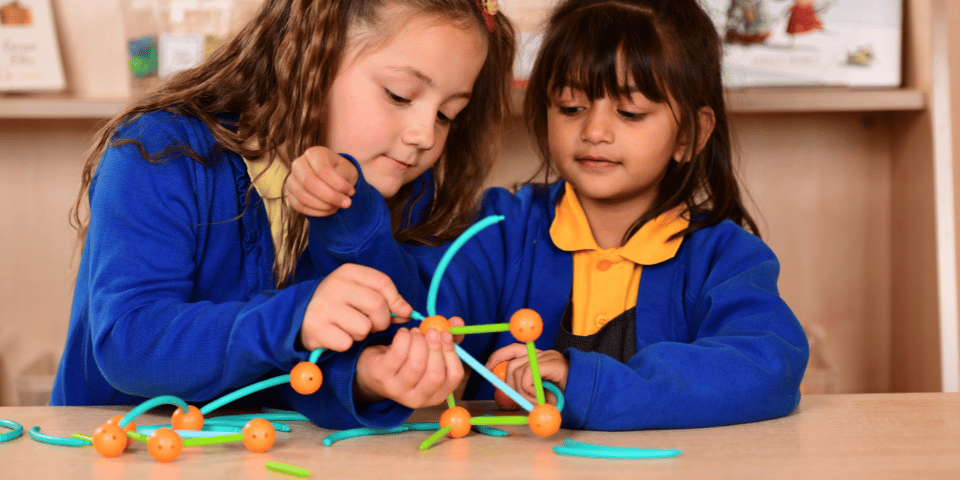Fine motor skills involve the coordination of small muscles, particularly in the hands and fingers. These skills are a vital part of early child development – and are not simply about physical development. Fine motor skills also play a significant role in children’s cognitive growth. Through physical development, young children begin to make sense of the world around them, developing understanding through repeated action.
From clutching a paint brush to linking small construction materials, fine motor skills are used every day in play and daily routines such as getting dressed or feeding themselves. Fine motor skills are essential for carrying out various tasks and activities, developing children’s independence and supporting school readiness.
But what exactly are fine motor skills and how do they differ from gross motor skills?
In this blog, we will define fine motor skills, provide practical examples, and highlight the differences between fine and gross motor development. Most importantly, we will share effective strategies and continuous provision ideas that teachers and practitioners can embed within their early years environments.
Whether you are an EYFS teacher, practitioner, parent or carer, this guide will help you gain confidence in supporting fine motor skill development. It will help you to gain both a clear understanding of child development and give you the confidence and knowledge to support children’s emerging fine motor skills.
So, let’s explore the fascinating world of fine motor skills and their crucial role in early years education.
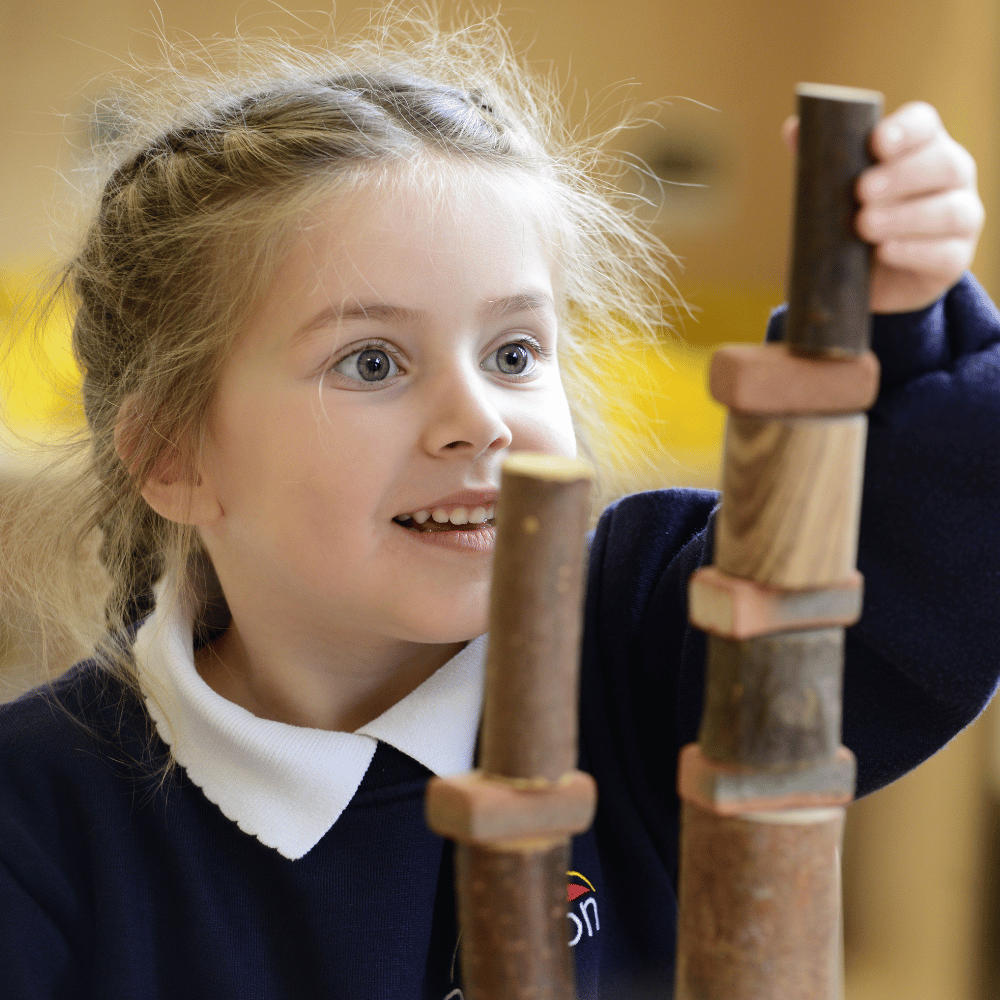
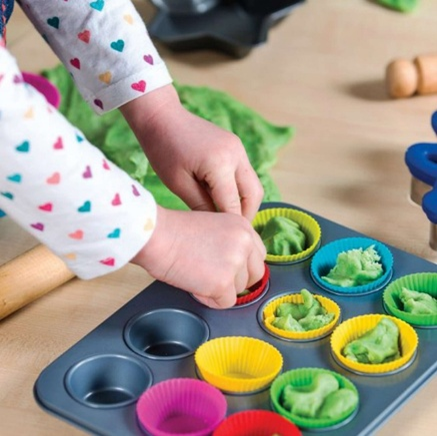
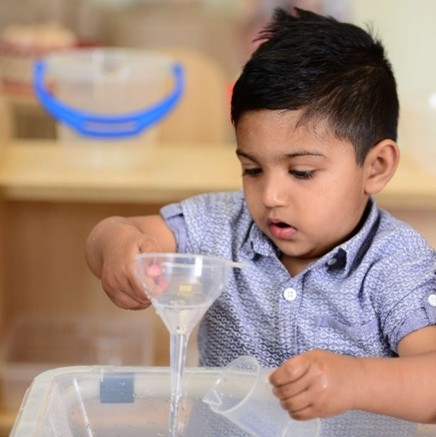
What are Fine Motor Skills?
Fine motor skills involve the coordination of small muscles – often in the hands and fingers. These movements often require synchronisation with the eyes, enhancing hand-eye coordination. These skills develop gradually in early childhood, particularly between birth and five years of age and are crucial for many everyday activities.
Fine motor skills allow children to perform tasks that require precision and control, and they are also key to a child’s ability to explore and understand their environment. A solid grasp of fine motor skills serves as a foundation for future learning. The development of these skills opens doors to other possibilities for learning, from creating and manipulating to reading and writing. These skills are essential for everyday life.
Activities Which Require Fine Motor Skills:
- Grasping items like pencils and utensils
- Fastening buttons and zips
- Cutting with scissors when making a model from recycled materials
- Connecting small construction parts together
- Manipulating mathematical resources such as counters and shapes
- Efficiently turning pages in a book
By developing these skills, children strengthen their independence, creativity, and ability to access the full curriculum. But developing these skills involves practice, time and lots and lots of repetition. It’s important to provide plenty of opportunities within your learning environment to help nurture children’s fine motor skills in a variety of ways.
For more ideas on how to resource your early years environment to support the development of children’s fine motor skills, explore our Complete Resource Collections.
Why are Fine Motor Skills Important?
In the early years, learning is holistic – everything connects. Whilst with older children learning becomes subject specific, in the early years everything is interconnected. Fine motor skills are fundamental to children’s growth, underpinning independence, and communication. Fine motor skills are also linked to cognitive development and problem-solving. These problem-solving skills are, in turn, closely linked to mathematical development. Therefore, supporting fine motor development in the early years has a big impact on key areas of learning later on in school life. For example – mathematical thinking, mark making, and storytelling.
Developmental Benefits of Fine Motor Skills
Developing fine motor skills offers numerous benefits. They are closely related to a child’s ability to carry out intricate tasks. It is also through the development of fine motor skills that a child becomes more independent in a range of contexts. Tasks such as doing up buttons or zipping up a coat become achievable milestones.
Fine motor abilities also enhance hand-eye coordination – a key component of learning to write and draw. This coordination involves using small hand muscles accurately, increasing control and precision.
Developmental Benefits of Fine Motor Skills:
- Encourage independence and confidence in daily routines (dressing, eating, self-care)
- Improve hand-eye coordination for writing and creative expression
- Support imaginative play and storytelling through role play, block and small world play
- Develop problem-solving and persistence through the use of tools and materials
- Support cognitive development and critical thinking
- Increase dexterity and muscle strength
For inspiration, read our blog on Block Play and Small World Play, key areas of provision for developing fine motor skills and cognitive development.
Fine Motor Skills and School Readiness
Fine motor skills are foundational in education. Fine motor control is directly linked to early writing and number skills. Children who can grip a pencil with control, use scissors accurately, and manipulate classroom resources with confidence are far better prepared for formal learning.
In early education, it is important that teachers and practitioners plan their learning environment carefully in order to maximise the possibilities for fine motor development.
In well-planned early years provision, children have daily opportunities to strengthen fine motor skills through:
- Dough – squeezing, rolling and shaping
- Small construction – twisting, connecting and balancing
- Workshop modelling – cutting, joining and assembling
- Investigations (including Water and Sand)– pouring, scooping and filling
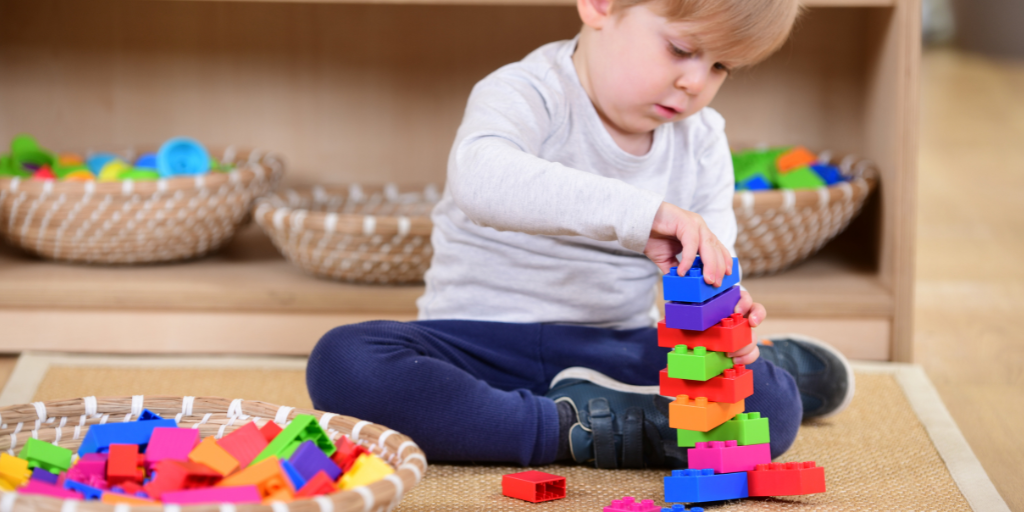
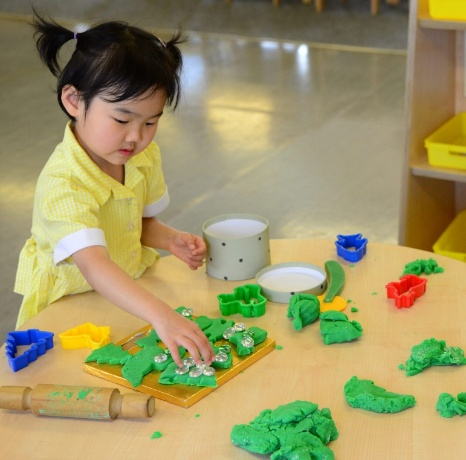
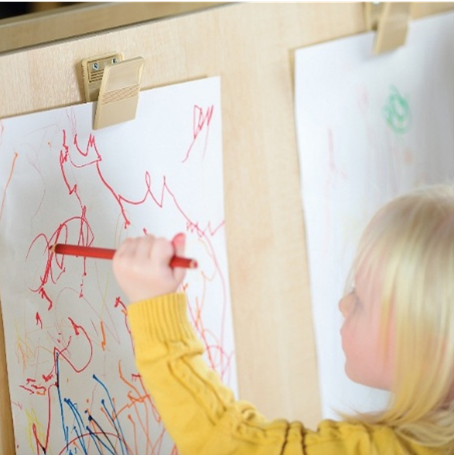
Key School Readiness Advantages of Fine Motor Skills:
- Enable effective pencil grip and handwriting
- Assist in manipulating classroom tools and implements such as scissors, pencils and cutters
- Facilitate participation in creative experiences such as making models, painting and joining materials together
- Improve focus and concentration, helping children to carry out their own ideas independently
- Developing early mathematics skills through concrete experiences, allowing children to explore practical hands-on methods for counting, subitising, pattern making and exploring shape, space and measure
To ensure you are offering the best opportunities to support fine motor skills and school readiness, take a look at our free Indoor Provision Audit Tool.
Fine Motor Skills and Gross Motor Skills
Both fine and gross motor development are essential. It’s important to recognise that fine motor skills are different from gross motor skills, yet both play vital roles in children’s overall development. While focusing on both fine and gross motor development is essential, each serves unique purposes.
Fine motor skills involve the coordination of small muscles. These are usually the hands and fingers, often coupled with eye movements. Fine motor skills prepare children for tasks requiring precision.
Gross motor skills, engage larger body movements including actions such as crawling, walking, climbing, clambering and jumping. Gross motor skills develop strength and coordination.
Balancing these skills ensures well-rounded development. Attention to both allows children to thrive both physically and cognitively.
Differences and Overlaps
Let’s take a closer look at fine and gross motor movements and examine the distinct features of these skills:
- Fine motor skills involve precise actions. Tasks like writing, cutting with scissors, and fastening zips and buttons fall into this category. These skills require control over small muscle groups. They demand concentration and hand-eye coordination, enhancing cognitive abilities.
- gross motor skills involve larger body movements. Activities such as running and climbing develop these abilities. Gross motor skills build overall strength. They also foster balance and spatial awareness, which are crucial for physical activities.
Despite their differences, these skills often overlap and they complement each other. For example, writing requires not only finger strength but also core stability and shoulder control. A balanced curriculum ensures both areas are nurtured.
So, balancing the teaching of both types of skills is key. It ensures children can perform a wide range of activities, from across the day, from being independent in getting dressed to writing their name and exploring large materials outdoors. While each skill set serves different purposes, they complement each other. Together, they build a strong foundation for lifelong learning and physical health.
Explore our Outdoor Classroom resources for inspiration on balancing fine and gross motor development.
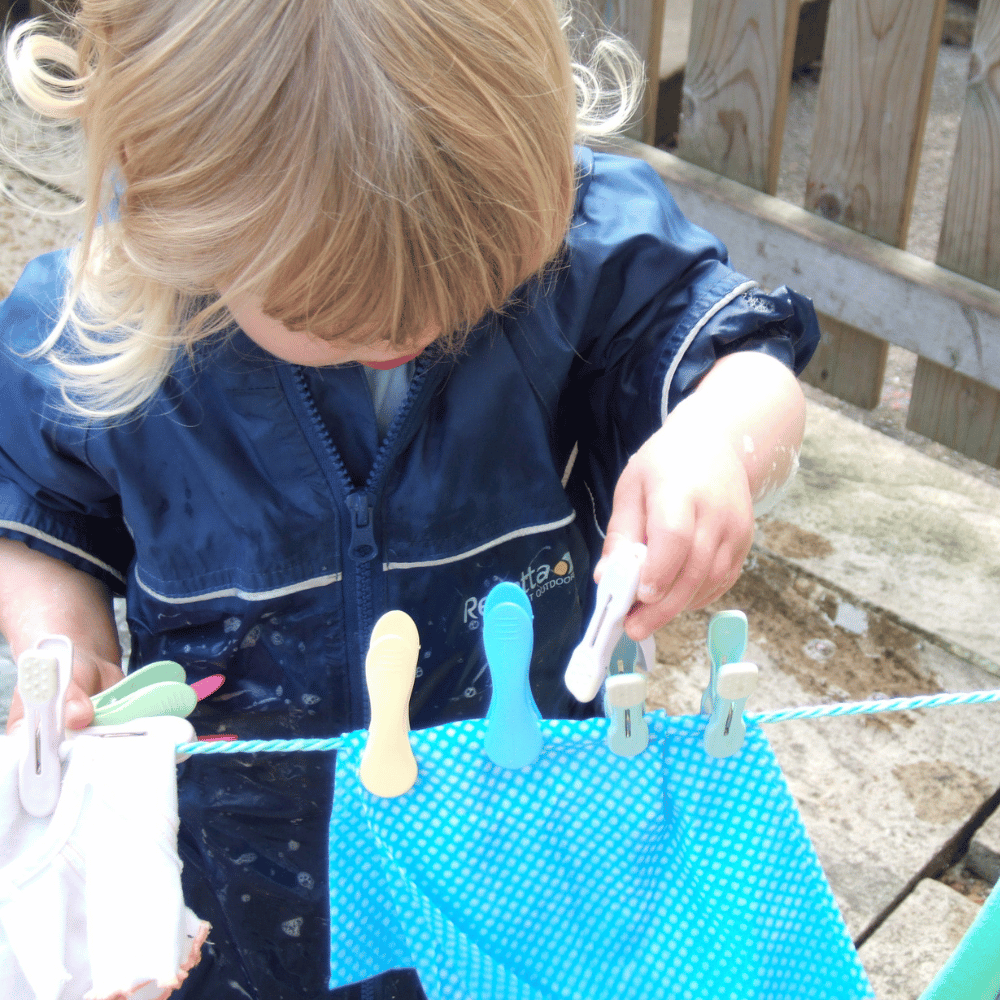
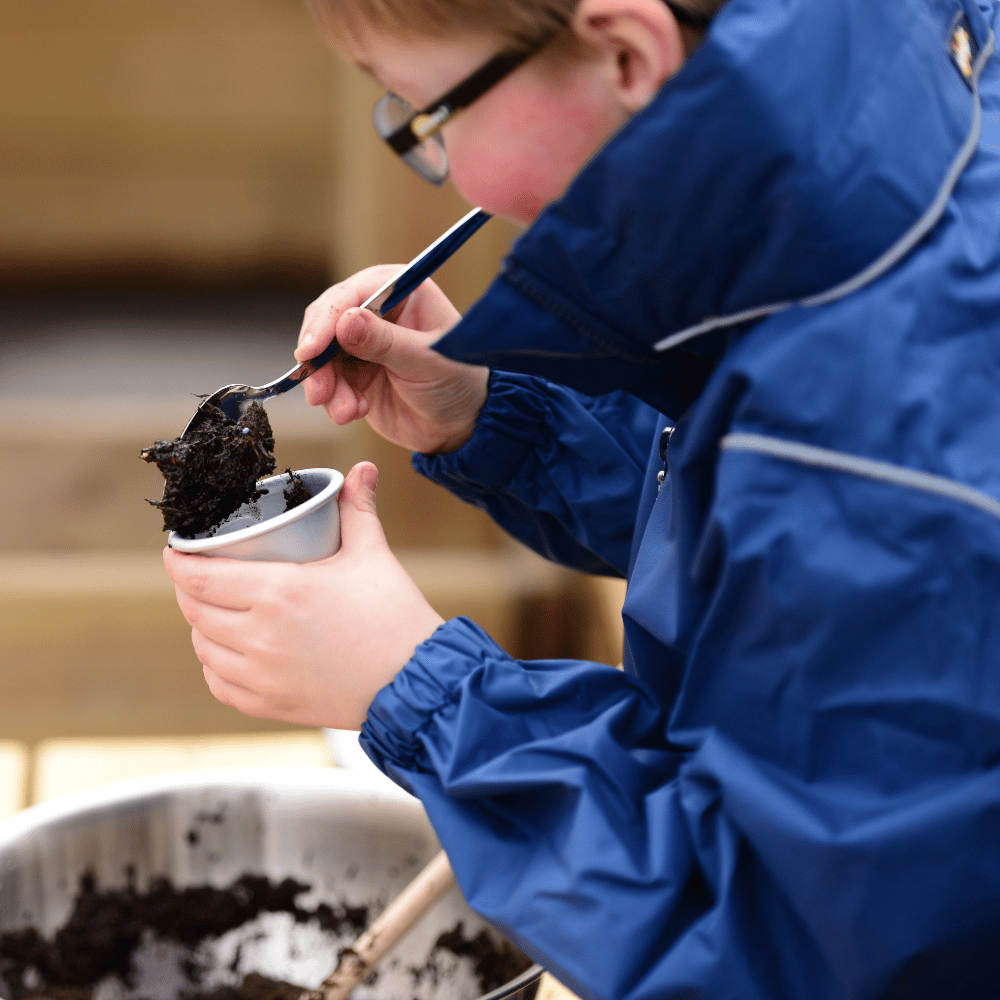
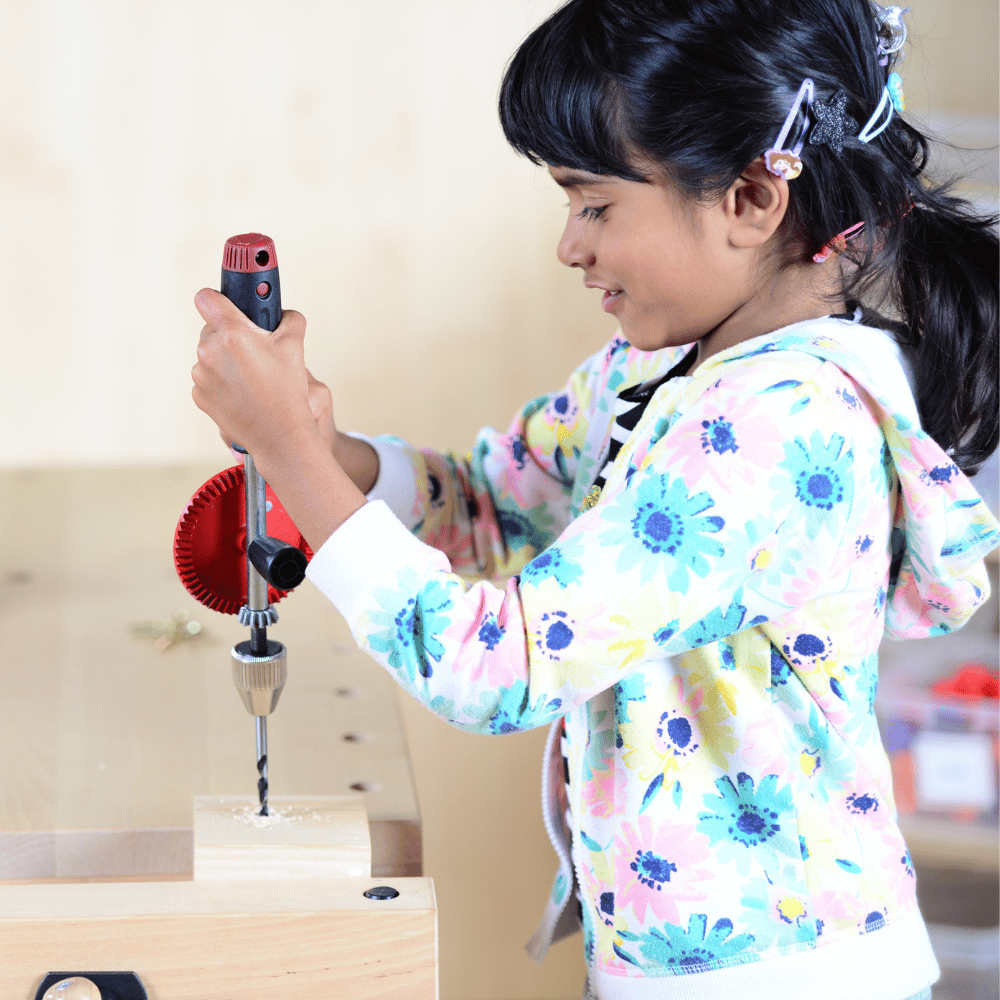
Examples of Fine Motor Skills
Understanding fine motor skills is best achieved through considering real life examples. These examples highlight their presence in both a well-planned learning environment and adult-initiated learning. Teachers and practitioners in the early years may find it useful to use this list as a reflection tool to support the development of their practice.
Play-Based Learning
Children engage in experiences involving the development of fine motor skills in a wide range of different contexts. The commonly repetitive nature of young children’s play enables young learners to acquire and refine skills over time. The most open-ended play activities and experiences tend to be the most valuable. Building blocks offer an engaging way to develop precision. It takes careful hand coordination to stack wooden blocks accurately and securely and also place small world figures carefully within the imaginative world that has been created.
Playdough is a wonderful resource for developing fine motor control and co-ordination. Moulding and shaping require control over small muscles, benefiting hand and finger strength. The use of simple tools such as rolling pins and cutters help children to develop hand-eye co-ordination and a range of techniques underpinned by fine motor skills. A great extension of this is the use of clay. As a malleable material, clay is more challenging, offering more resistance and giving children a real fine motor workout!
Find out more about the repetitive nature of young children’s play in our blog: Repetitive Play: Is It OK?
Examples of Fine Motor Skill Development in Play-Based Learning:
- Stacking with wooden blocks and shapes
- Creating models with reclaimed materials
- Moulding and sculpting with playdough or clay
- Drawing or painting on small or large sheets of paper
Observable Behaviours
In an effective learning environment, children will exhibit a range of positive learning behaviours as they engage in the provision and with the experiences provided. Specifically, within this context, we will see children stacking, connecting, linking, making marks and manipulating tools and resources. Teachers and practitioners may find it useful to carry out an audit of their provision based on the physical opportunities available within their learning environment. As the children carry out these physical tasks, watch out for the development of key learning attributes. These characteristics of effective learning include:
- Involvement and concentration
- Making links and connections
- Enjoying achieving what they have set out to do
- Playing with what they know
- Keeping trying
- Being willing to have a go
- Finding out and exploring
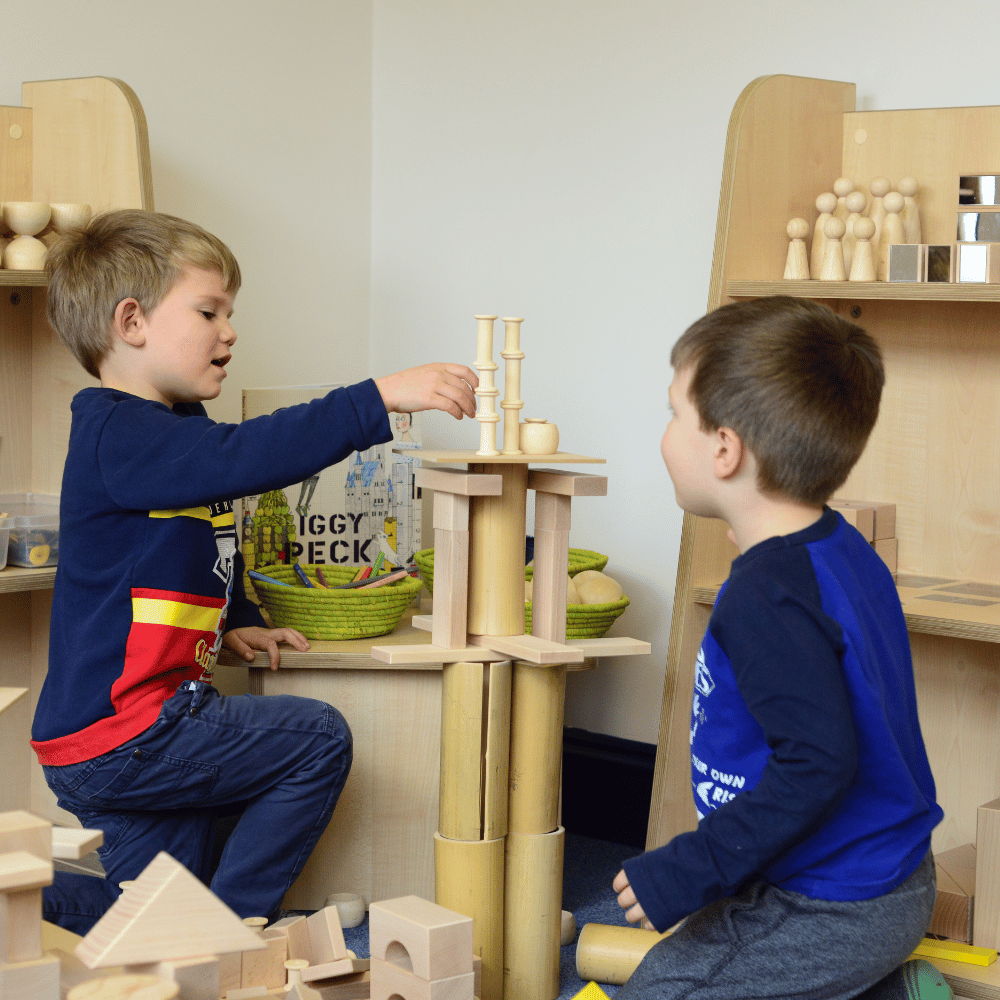
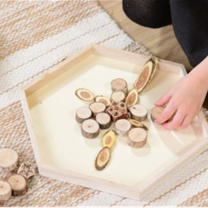
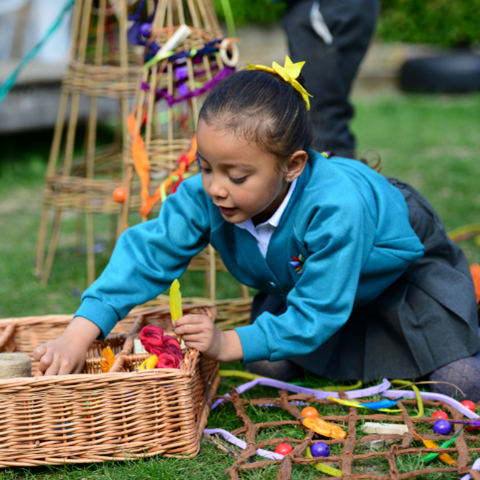
Continuous Provision: Fine Motor Skills Activities for Effective Early Years Practice
The development of fine motor skills provides a strong foundation for future learning. A well-planned learning environment, with carefully considered continuous provision areas, supports and nurtures young children’s skills and learning attributes.
Playdough Activities
Playdough is a perfect resource for building hand strength. Manipulating the dough requires control and precision, enhancing finger dexterity. Children enjoy squeezing, rolling, and moulding playdough into shapes and developing their own imaginative ideas. The dough area provides rich physical opportunities alongside the perfect context for talk. Children share ideas and collaborate around a well-planned dough area, developing communication and language skills as they do so. Building in time at the start of the week to make the playdough with a small group of children is a great way to nurture communication and a wide range of physical and cognitive skills.
Playdough Activity Ideas:
- Roll playdough into long sausage-like shapes
- Create cakes for a celebration such as a birthday
- Count out candles for decorating a cake
- Share out the cakes onto a baking tray, counting how many there are
- Use the rollers and cutters to change the shape of the dough
- Create patterns in the dough, exploring force and pressure
- Explore adding natural materials into the playdough such as herbs and natural colouring – you could even create a dough cafe with wooden bowls and utensils
- Follow a playdough recipe to make your own dough for your setting
Mark Making Activities
Mark making involves drawing lines and creating shapes in a wide variety of contexts. This could be with a paint brush and water, a crayon on paper or even using fingers to make marks in water or paint. These rich experiences pave the way to handwriting and provide many of the foundational skills which are needed.
Children start with scribbles, which are vital for expression. Through these marks, they develop control over writing implements. Introducing mark making with a variety of tools is beneficial. Using crayons, chalk and paint brushes as well as pencils helps children to make connections and transfer their skills across different contexts. For example, once children begin to write their name, they will want to write it inside, outside, on different scales and with a variety of media. Well-planned early years provision enables this valuable process to happen every day
Mark Making Activity Ideas:
- Use a large roll of paper in the blocks and small world area for the children to draw and label their story settings
- Provide a large chalk board outdoors and model how this can be used for chalk and also for water painting
- Provide opportunities for the children to make labels for the models that they have built using display clips or card holders
- Ensure that children have lots of ‘real life’ opportunities for mark-making by providing envelopes, invites, greetings cards, mini chalkboard clips and name labels.
To learn more about supporting children’s mark making, explore our Let’s Take Mark Making into Writing in the EYFS course.
Writing Activities
Early writing activities focus on skill and formation. Children practise holding pencils using the correct grip and begin to use their early phonic skills as part of the writing process. Encouraging regular practice is essential. This could be built into a regular routine such as making labels, snack time or self- registration. Repetition solidifies the link between hand movements and the brain.
Writing Activity Ideas:
- Create pictures using repeated letters formed correctly. This creative repetition is enjoyable and embeds learning
- Ask the children to create labels for displays and signs for the classroom environment using display clips or card holders
- Explore interesting poems and stories and respond through drawings, adding labels and simple sentences as writing skills develop.
- Add in story pebbles, word building pebbles, tricky word pebbles, or initial letter phonic beanbags to encourage children to connect early phonic skills to writing
To learn more about inspiring young writers, explore our Strengthening Writing Outcomes in the EYFS course.
Workshop Activities: Cutting, Sticking and Box Modelling
The workshop area will need to be well-resourced and carefully planned in order to support the children’s learning and development effectively. This should include a wide variety of reclaimed materials such as cardboard tubes, boxes and plastic containers alongside smaller items to encourage fine motor skills. These smaller items could include buttons, coloured matchsticks, pieces of ribbon and pipe cleaners. There should also be a range of opportunities for joining materials together such as a hole punch and treasury tags, masking tape, Sellotape and glue. Different types of scissors such as those for left-handed pupils, crimping scissors and trainer scissors with a rubber/plastic band support should also be provided.
Workshop: Making and Modelling Activity Ideas:
- Creating an imaginative model using reclaimed materials
- Exploring different techniques for deconstructing and joining materials together
- Working together to create a collaborative model
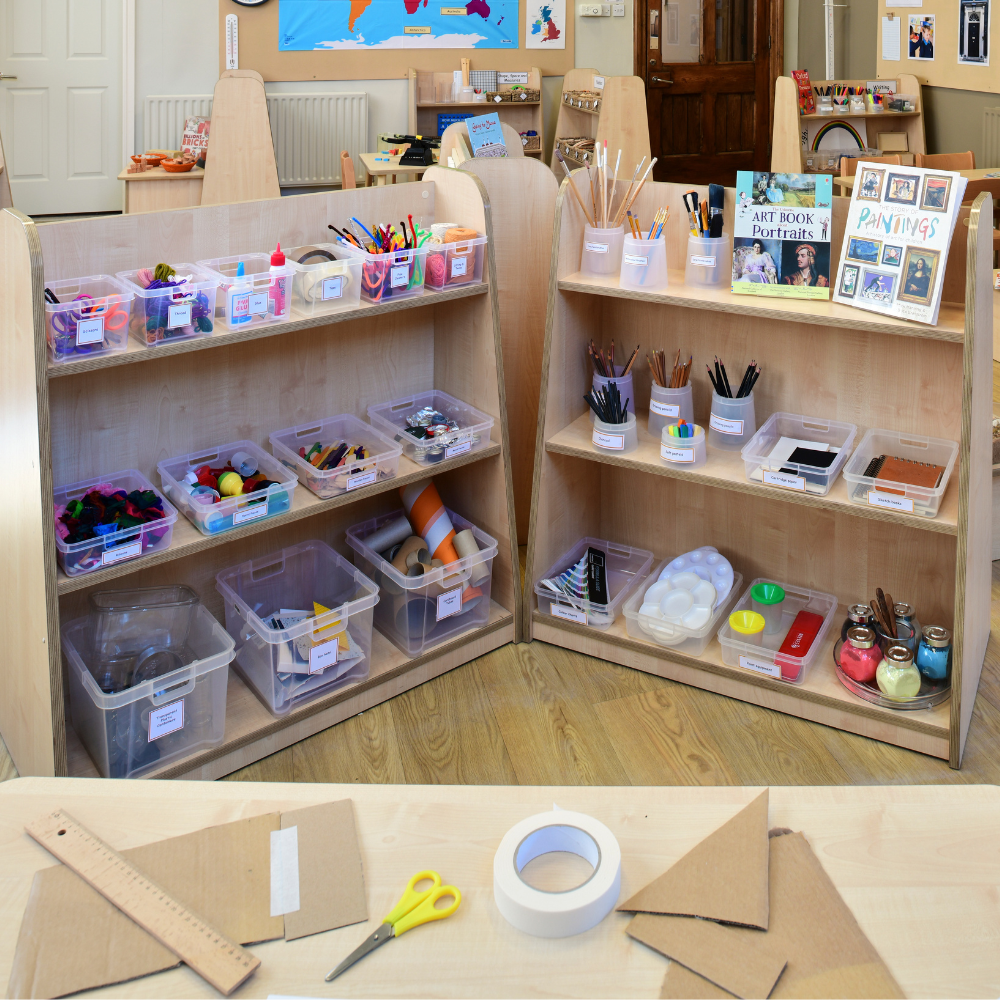
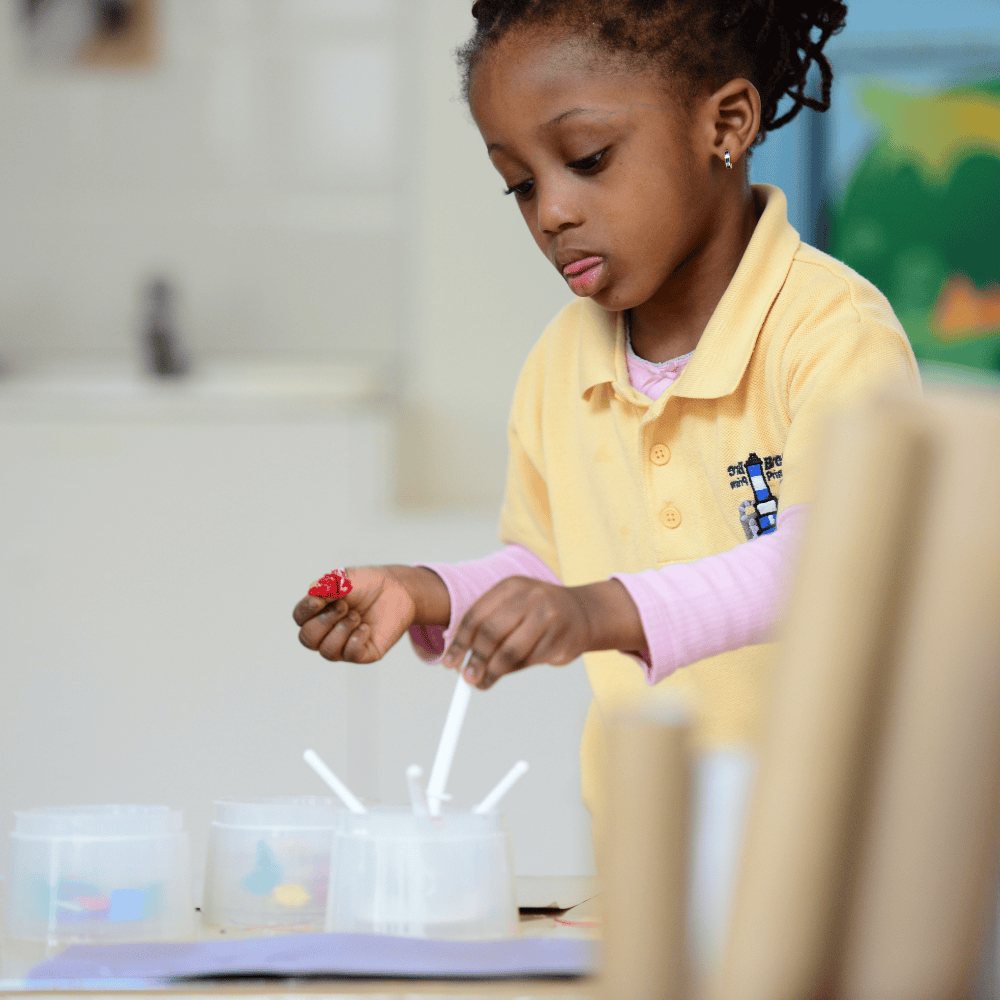
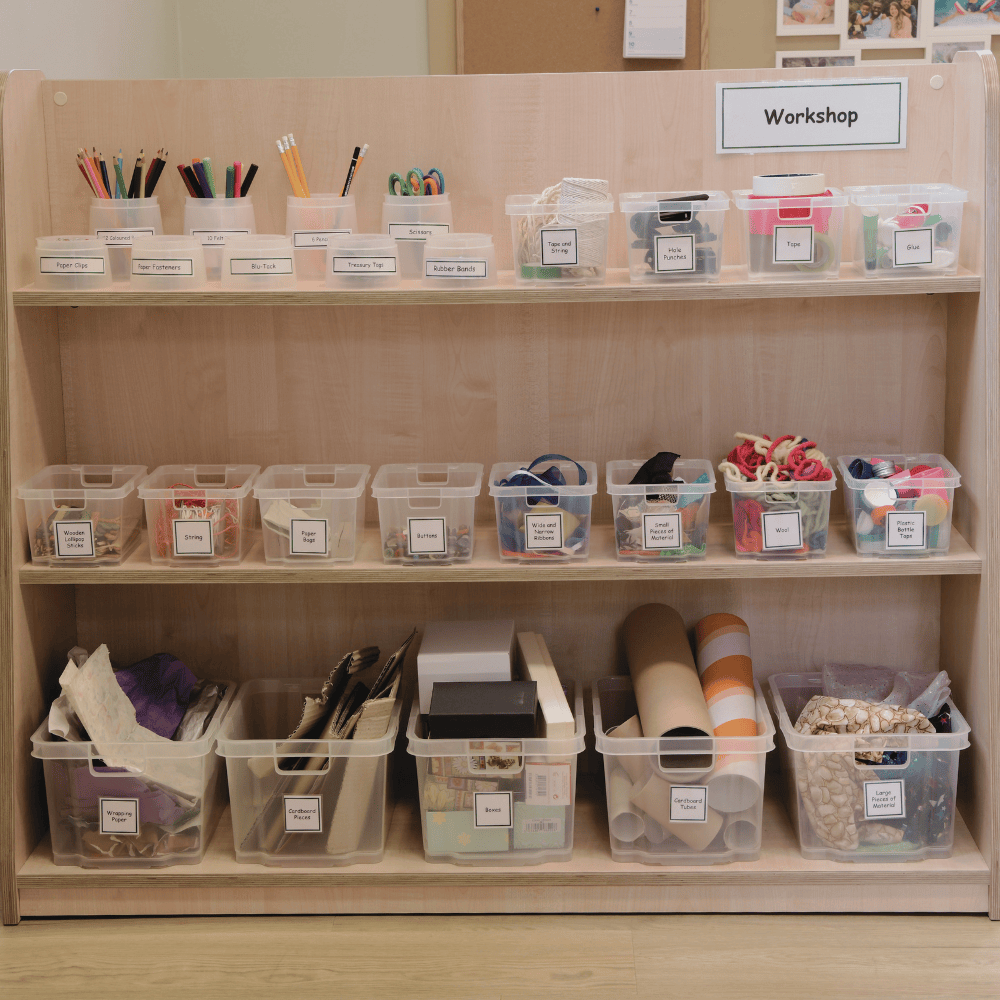
Small Construction Activities
Small construction offers rich opportunities to build strength, control, and coordination in young hands. Handling small components promotes the pincer grip and hand-eye coordination essential for writing and self-care skills. Using a variety of construction materials, such as interlocking bricks, wheels and connectors and nuts and bolts, invites creativity while refining fine motor skills. Build time into the daily timetable for children to talk about their construction ideas. This will help them to plan and refine their ideas and will also provide a rich context for the children to learn from one another.
Small Construction Activity Ideas:
- Build with interlocking construction kits such as Mobilo and Duplo
- Use Brio to provide more precise physical challenge including the twisting of small nuts and bolts
- Create an area for the children to display their own constructions. This will add value to their work and also provide a real-life context for name writing and labelling
- Develop large construction and den making possibilities outdoors by offering crates of different sizes, wooden poles, planks and tarpaulins. Different fastenings such as large pegs, string and Velcro strapping are great for developing fine motor control in a different context
Transient Art Activities
Transient art is the creative exploration of loose parts, placing the materials onto a surface to create patterns, shapes, collages and pictures. Natural materials are a great resource for transient art and are often freely available, particularly in the Autumn. Transient art provides wonderful open-ended opportunities too and can provide a great context for collaboration and creative conversations. In terms of fine motor development, transient art provides rich opportunities for placing with control, threading and developing an effective grip.
Transient Art Activity Ideas:
- Creating pictures and repeated patterns with a range of natural and manufactured materials such as our transient art enhancement set
- Using reclaimed materials to create towers and temporary sculptures
- Developing fine motor skills through threading with a variety of small materials
- Adding transient art materials to clay work, developing physical skills and exploring creative ideas
- Taking transient art outdoors on a large scale to connect directly with nature
- Large scale weaving and threading with weaving baskets outdoors
Final Thoughts
Fine motor skills are more than just ‘using hands’ – they are a gateway to independence, creativity, and life-long learning. By embedding rich opportunities across continuous provision, teachers and practitioners can ensure every child develops the control and dexterity they need to thrive.
At Early Excellence, we provide the training, resources and expertise to help you evaluate and strengthen your provision. Explore our full range of EYFS resources and training opportunities to support your journey.
Find Out More
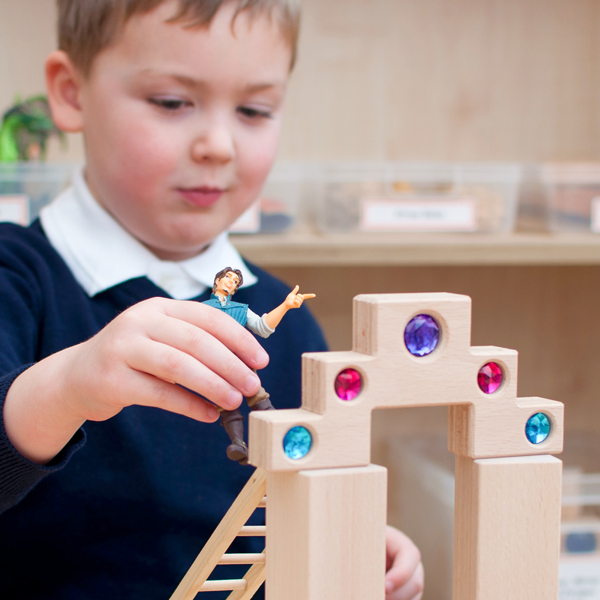
Read more on developing inspirational block play in the EYFS in our blog Unlocking the Power and Potential of Block Play in EYFS.
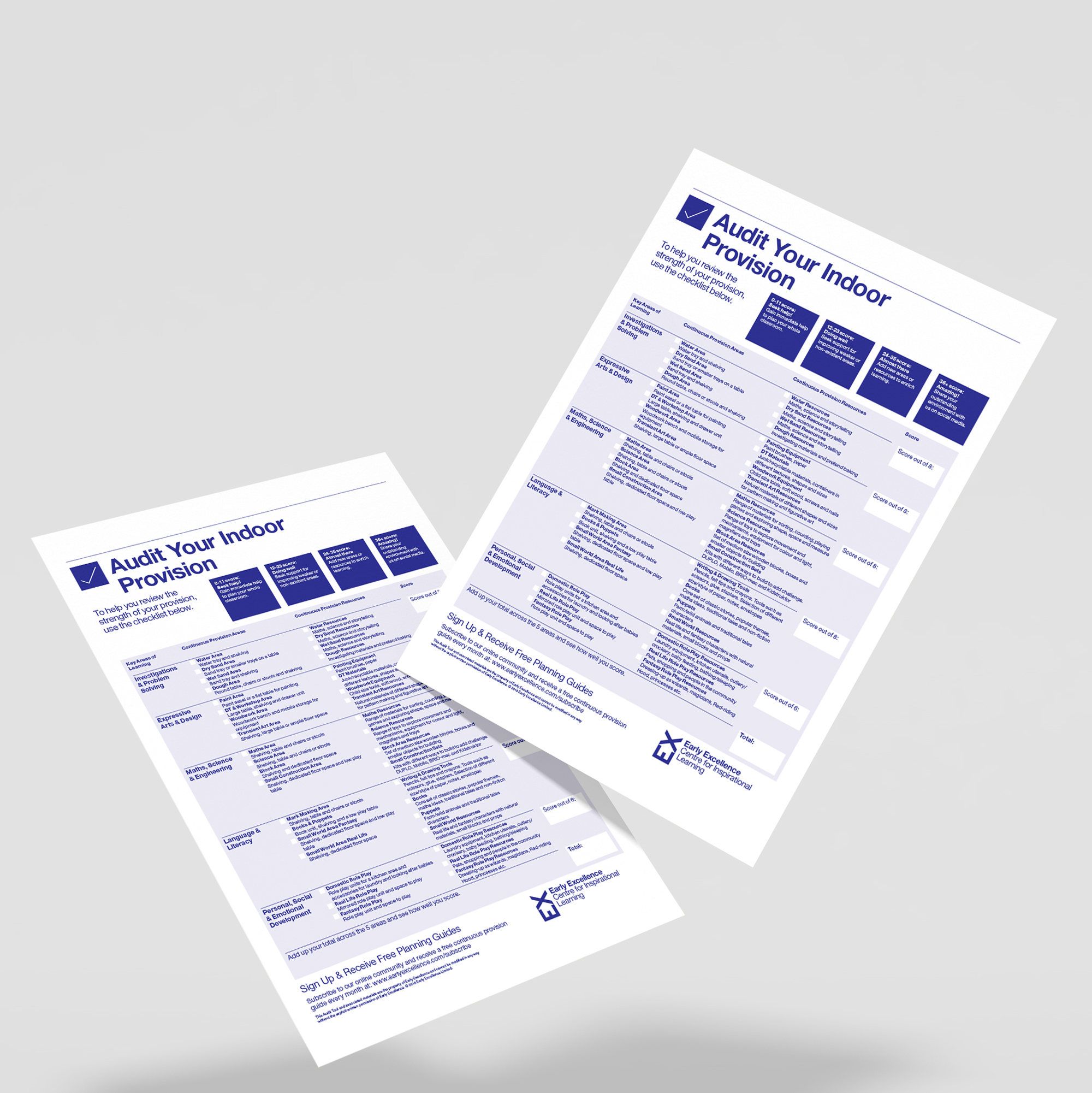
Are you looking to develop your provision to support fine motor control? Carry out an audit of your indoor provision with this free tool.
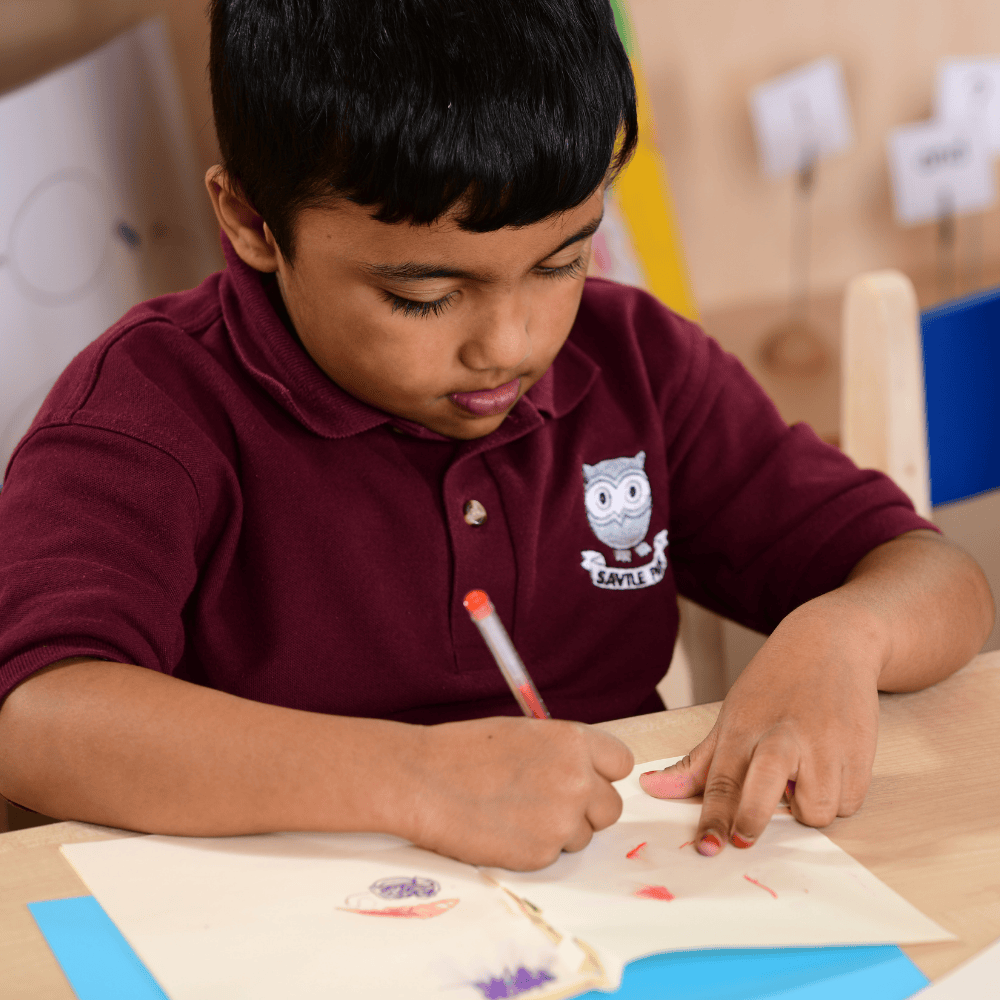
Is early writing development a key priority in your setting? Book your place on our Early Excellence Mark-Making to Writing course.

